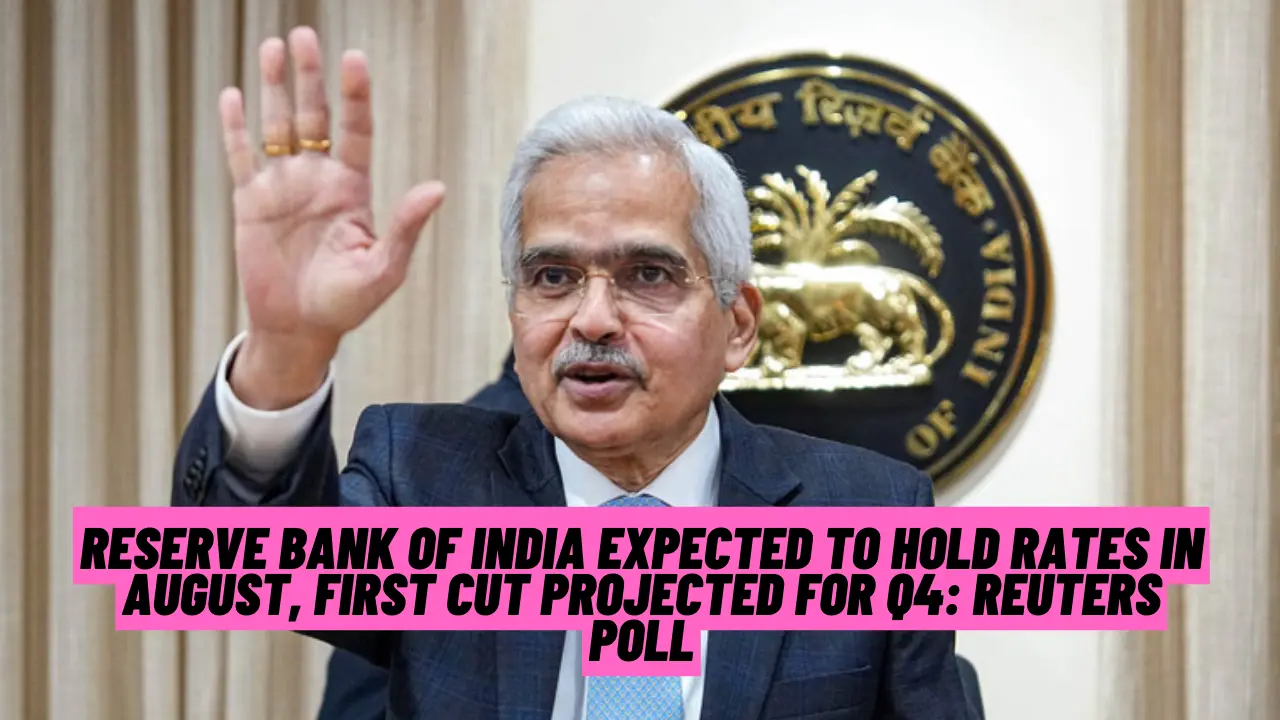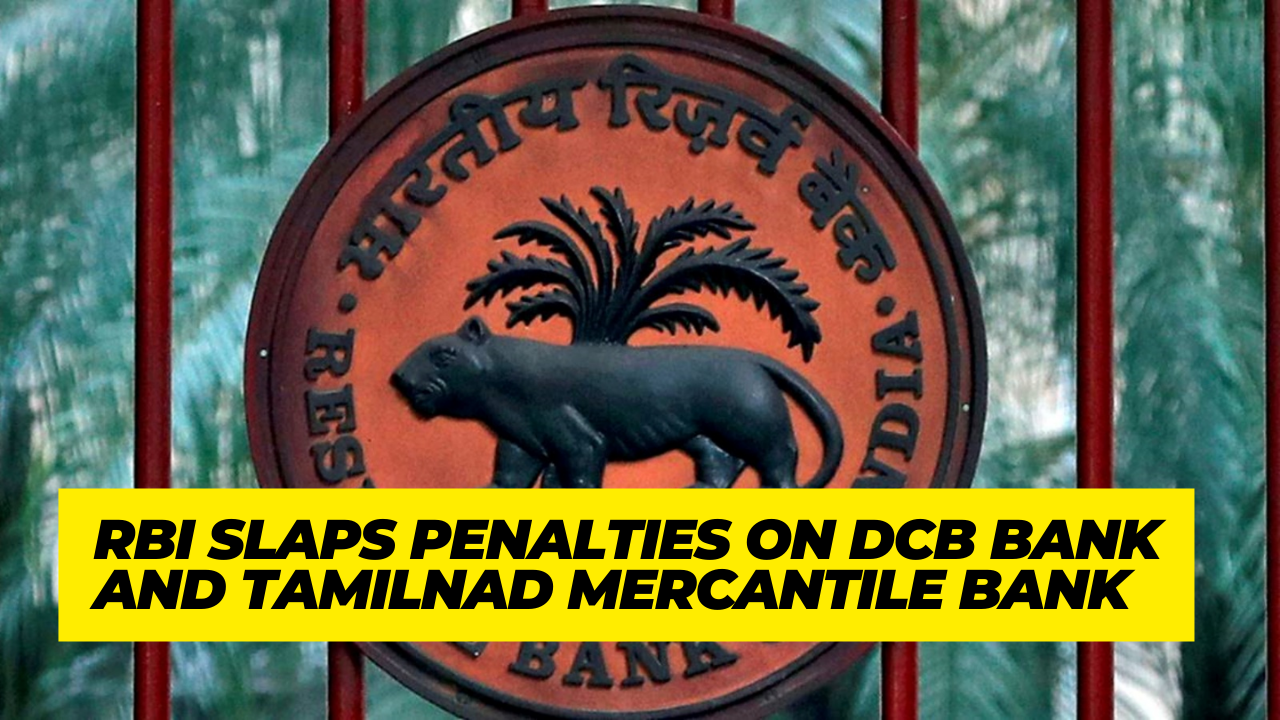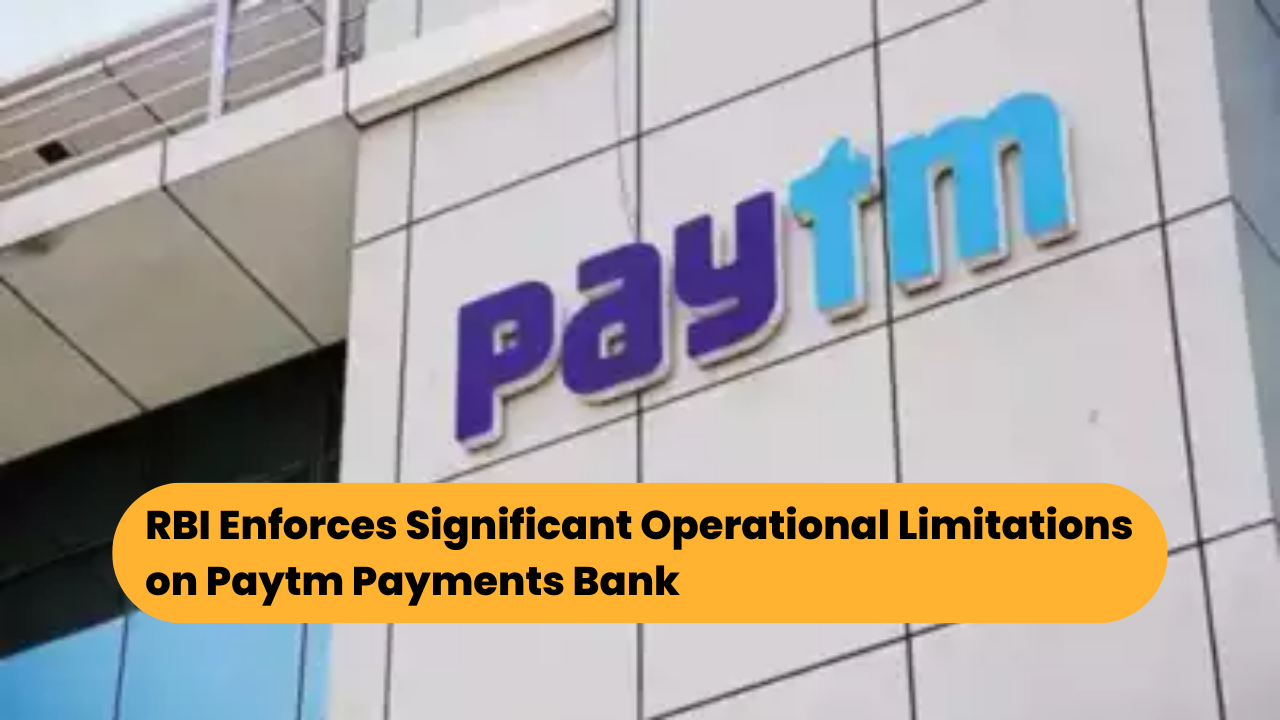In a recent poll conducted by Reuters, economists have shared their insights on the upcoming monetary policy decisions by the Reserve Bank of India (RBI). The general consensus is that the RBI will maintain its current interest rates in August, with the first rate cut expected to occur in the fourth quarter of 2024.
August Rate Decision
Consensus:
- The majority of economists polled anticipate that the RBI will keep the interest rates unchanged in the upcoming August meeting.
Reasoning:
- The decision to hold rates is likely influenced by ongoing inflation concerns and the necessity to closely monitor the economic recovery post-pandemic. By maintaining the current rates, the RBI aims to ensure stability and prevent any premature moves that could disrupt the delicate balance of economic growth and inflation control.
Fourth Quarter Rate Cut
Predictions:
- According to the Reuters poll, the first rate cut by the RBI is expected in the fourth quarter of 2024. This prediction is based on a number of economic indicators that suggest a more favorable environment for easing monetary policy by the end of the year.
Factors Influencing the Decision:
- Economic Indicators: The improved economic conditions and a stabilization in inflation rates are seen as key factors that might prompt the RBI to reduce rates.
- Growth Stimulus: A rate cut in the fourth quarter is viewed as a strategic move to further stimulate economic growth, ensuring that the recovery momentum is maintained and strengthened.
Expert Opinions
Economists’ View:
- Economists believe that the RBI’s current stance is prudent, aiming to balance the dual objectives of controlling inflation and fostering economic growth. By holding rates steady in the short term, the RBI can provide a stable environment for economic activities while keeping an eye on inflation trends.
Market Reaction:
- Financial markets are expected to closely monitor the RBI’s decisions. The anticipation of a rate cut in the fourth quarter might lead to strategic positioning by investors, who will be looking for cues on the future direction of the economy and monetary policy.
Conclusion
The Reserve Bank of India is likely to maintain its interest rates in August, with an eye on the first rate cut in the fourth quarter of 2024, according to a Reuters poll. This approach underscores the RBI’s commitment to ensuring economic stability while preparing for future easing of monetary policy. The upcoming decisions will be critical in shaping the economic landscape, balancing inflation control with the need to stimulate growth.
Stay tuned for more updates on RBI’s policies and their impact on the economy.


